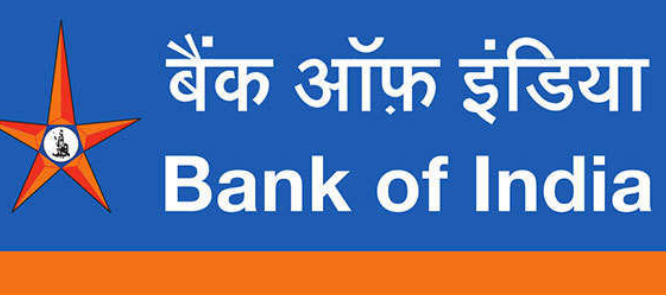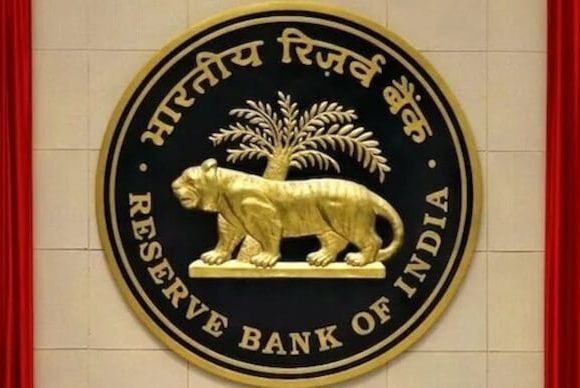
Bank of India CEO Advocates for Reduced Government Stakes
In a recent address at the ‘IIMK-NSE Annual Conference on Macroeconomics, Banking & Finance’, Rajneesh Karnatak, the Managing Director and Chief Executive Officer of Bank of India, proposed that the government consider reducing its equity holdings in public sector banks (PSBs) to accommodate the growing capital requirements of an expanding economy.
Advocating for Stake Reduction in Public Sector Banks
Karnatak emphasized the necessity for PSBs to secure additional capital to support economic growth. He noted that the government’s substantial ownership in these banks could be strategically decreased to facilitate this need. Currently, the government holds a 73.38% stake in Bank of India, with similar significant holdings in other major banks: 57.43% in State Bank of India, 70% in Punjab National Bank, 64% in Bank of Baroda, 63% in Canara Bank, 93% in Central Bank of India, and 96% in Indian Overseas Bank.
“Consolidation is something which the government has to decide finally. On the equity perspective, it (government’s stake) can be definitely brought down because in the future there will be a requirement for capital as the bank and the economy is growing,” Karnatak stated.
Implications of the Recent Repo Rate Cut
Addressing the recent 25 basis points reduction in the policy repo rate by the Reserve Bank of India’s (RBI) Monetary Policy Committee, bringing it down to 6.25%, Karnatak discussed its impact on the banking sector. He mentioned that while the bank’s external benchmark-linked loans have already adjusted to reflect this rate cut, a decision regarding deposit rates and marginal cost of funds-based lending rates (MCLR) will be made in the upcoming Asset-Liability Committee meeting later this month.
Karnatak acknowledged that the rate reduction might exert slight pressure on the bank’s net interest margins (NIMs) in the short term, as adjustments in deposit rates typically lag behind loan rate changes. “There will be some impact on the margins because the reductions in rates on the deposit side will take some time. There will be a short-term impact on net interest margins (NIMs) but it will be marginal,” he explained.
Context of Government Stake Reduction Initiatives
This perspective aligns with the government’s ongoing efforts to comply with the Securities and Exchange Board of India’s mandate for a minimum public shareholding of 25% in listed entities. Recent reports indicate that the government is contemplating reducing its stakes in several PSBs, including Central Bank of India, Indian Overseas Bank, UCO Bank, and Punjab and Sind Bank, to adhere to these norms. Such strategic stake reductions are anticipated to enhance the liquidity and operational efficiency of these banks, thereby bolstering their capacity to meet the financial demands of a burgeoning economy.
As the Indian economy continues its upward trajectory, the discourse on optimizing government ownership in PSBs gains prominence, with stakeholders deliberating on the most effective strategies to ensure robust capital availability and sustained economic growth.

















